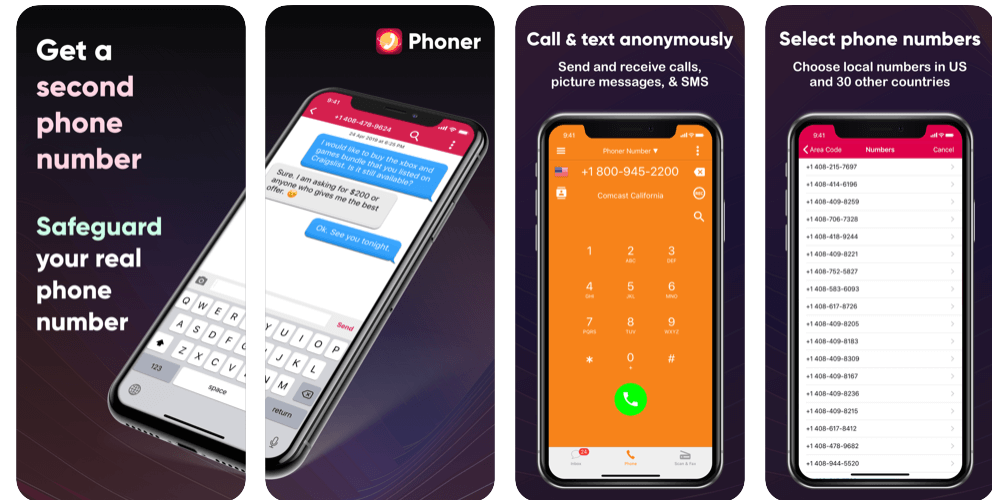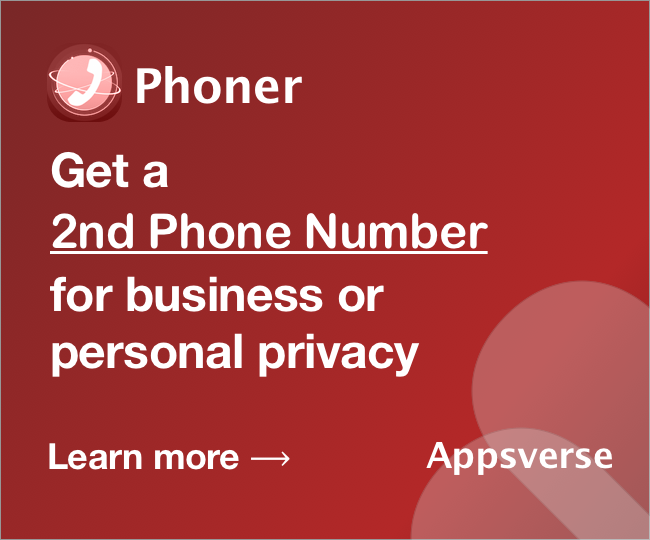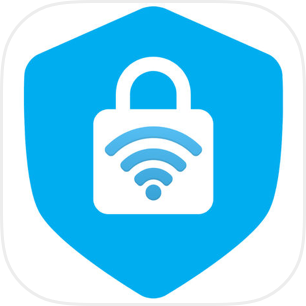There’s a running joke that it’s not the CEO or CTO driving digital transformation, but COVID-19. But the transition to a future-ready workforce had in fact begun much earlier, and many more companies are starting to ask: how to effectively manage remote employees?
With nearly 70% of professionals working remotely at least one day per week in 2018 and 53% working remotely nearly half of the week, knowing how to effectively manage remote employees isn’t just necessary for companies relying on a remote, distributed workforce. In the US alone, there has been a whopping 159% increase in remote workers between 2005 to 2017. More importantly, remote workers and teams aren’t just limited to customer service roles anymore -they’re found in sectors like healthcare, IT services, sales and education, and in growing numbers every year.
Not only are remote workers and remote teams the future of work, they also benefit companies by reducing overhead costs and improving employee productivity (and much more). But to get those benefits, companies must first know how to effective management remote employees.
Want to know how to effectively manage remote employees? Take a look below:
How to effectively manage remote employees: 5 tips
Tip 1: Always check attitude, communication and motivation

As much as everyone wants to work remotely anywhere in the world, not everybody possesses the right attitudes and values for effective remote work. But remote workers are also just like everyone else – they need to feel a connection to the company’s mission and goals, or they’ll feel like outcasts isolated from the rest of their colleagues.
To make sure your remote employees are work great at home, it’s important to check in with them their attitudes towards remote work, how communicative they are when working remotely, and whether they feel more motivated to work remotely or not.
And when you do, always individualise things. Individualisation can help your remote workers feel cared for as a person and is great for building stronger employee engagement.
Tip 2: Set clear expectations and enforce clear standards
It’s more than likely that everyone has a different concept of doing things fast and doing things well, and as a manager or company working with remote employees you’ll need to establish benchmarks that everyone can and will abide by. As Ilean Harris, a business coach at ileanharris.com, points out, the more prepared remote employees are, the better they can serve your business needs.
Give clear instructions and set clear expectations right from the get-go so remote employees are working within the right context to deliver the right results. Without the right context, you might end up with a communication crisis – and a hot mess – on your hands.
Tip 3: Communicate frequently

Which brings us to the need for frequent communication. In an office setting, messages and updates can be transmitted verbally to quick effect. That won’t work with remote employees.
According to the Harvard Business Review, nearly 57% of employees surveyed report not being provided with clear instructions, and 69% of managers surveyed don’t feel comfortable communicating with employees. With remote employees, frequent and effective communication is an even bigger challenge.
Frequent communication is a key solution for how to effectively manage remote employees. Always be ready to receive any responses via online messaging or teleconferencing, use workplace-optimized communication tools like Slack for quicker communication and have weekly virtual meetups to keep everyone updated on each other’s progress.
Tip 4: Verify with data-driven evaluation

How to effectively manage remote employees isn’t just about the process, it’s also about the results. Working with remote employees can be very fluid and experimental, so it’s important to always verify effectiveness with data lest your company ends up going down the wrong paths.
Keep track of the metrics at regular intervals. Are your remote employees keeping high productivity levels at all times? How do they fare compared to their office peers? By evaluating results with data, you can iterate and tweak the remote work management process and optimize it down the road.
Tip 5: Last but not least, trust your team and don’t micromanage.
For companies still anxious about jumping aboard the remote work bandwagon, many of them are apprehensive because they’re not sure if work gets completed, and if employees can be trusted to deliver without close supervision.
The uncertainty over all this often leads to the other problem of micromanaging, and employees beginning to feel the need to overwork themselves just to prove a point. Trust is important for teamwork, and it’s even more vital for a remote team to succeed. For a closer look at how to build trust with teams that are working from home, check out this piece by Fast Company.
BONUS Tip: Get a second phone number to manage your remote employees
It’s standard practice with some companies (and whole industries) to issue employees with company phone sets, and when you’re working with a distributed workforce all working remotely getting a second phone number that’s strictly for business can get you started on a better footing.
The biggest problem that remote workers face is achieving a good work-life balance, and the same problem applies to those who manage remote employees. Many remote work managers may find themselves having to accommodate the needs of their remote workers, and sometimes that can encroach into their personal lives.
With a second phone number, it’s a clear separation of work from personal life.
Manage remote employees effectively with Phoner

With Phoner’s unlimited phone numbers from around the world you can use immediately without having to get a new phone or SIM card, get yourself any number of phone calls and manage a globally distributed workforce of remote employees while keeping your work away from your personal life.
Phoner’s numbers also help you save on international call fees. Have remote employees working elsewhere in the world? Get a number with the corresponding country code and make cheaper international calls.
That wraps up our list of tips for how to effectively manage remote employees. Get Phoner now and manage remote employees more effectively today!

 4.5/5 on App Store
4.5/5 on App Store





